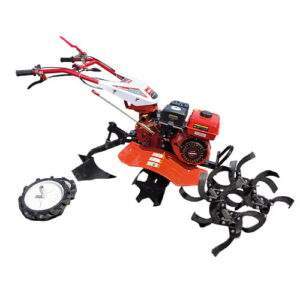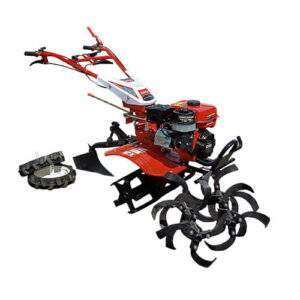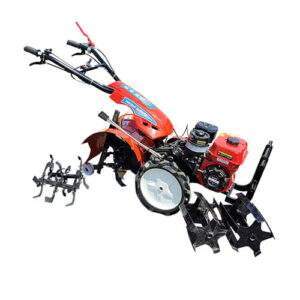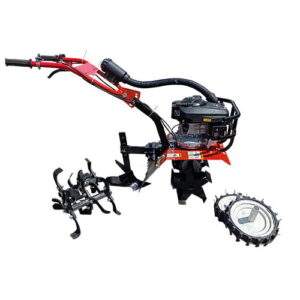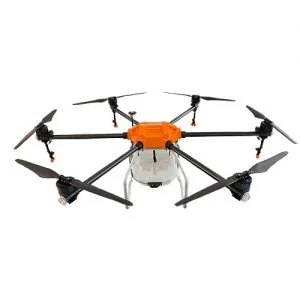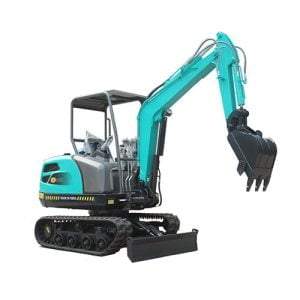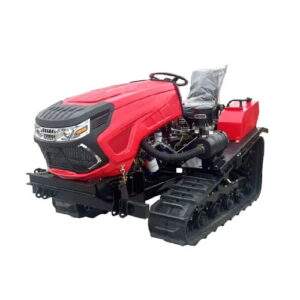Why Small Farmers Are Switching to Walking Type Tractors
Introduction
In recent years, small farmers around the globe have been making a significant shift towards using walking type tractors. These versatile and efficient machines are transforming the way small-scale farming is conducted, offering numerous benefits over traditional tractors. In this comprehensive blog post, we will explore the reasons behind this trend, provide valuable insights into the advantages of walking type tractors, and answer common questions about their use.
The Growing Popularity of Walking Type Tractors
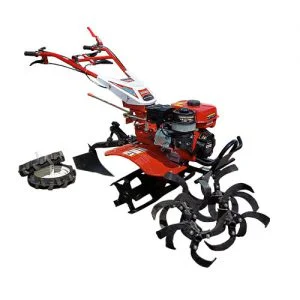
The Rise of Small-Scale Farming
Small-scale farming has seen a resurgence in many parts of the world due to the growing demand for organic and locally produced food. With limited resources and smaller plots of land, small farmers need equipment that is both affordable and efficient. Walking type tractors, also known as two-wheel or walk-behind tractors, have emerged as the ideal solution.
Advantages of Walking Type Tractors
Walking type tractors offer several advantages that make them particularly appealing to small farmers:
Cost-Effectiveness: Walking type tractors are generally more affordable than traditional four-wheel tractors, making them accessible to small-scale farmers with limited budgets.
Versatility: These tractors are highly versatile and can be used for a wide range of farming tasks, including plowing, tilling, planting, and harvesting.
Maneuverability: Their compact size and lightweight design allow for easy maneuverability in tight spaces and on uneven terrain, which is common in small farms.
Fuel Efficiency: Walking type tractors typically consume less fuel compared to larger tractors, reducing operational costs and environmental impact.
Key Features of Modern Walking Type Tractors
Innovative Design and Technology
Modern walking type tractors are equipped with innovative features that enhance their performance and ease of use. Some of these features include:
Adjustable Handles: Ergonomically designed handles that can be adjusted to the operator’s height, ensuring comfort and reducing fatigue during long hours of use.
Interchangeable Attachments: A variety of attachments are available for different farming tasks, making the tractor a multi-functional tool.
Powerful Engines: Despite their small size, walking type tractors are powered by robust engines that provide sufficient horsepower for various agricultural operations.
Safety Features: Modern models come with safety features such as engine kill switches and protective shields to ensure the operator’s safety.
Table: Comparison of Walking Type Tractors and Traditional Tractors
| Feature | Walking Type Tractors | Traditional Tractors |
|---|---|---|
| Cost | Lower | Higher |
| Versatility | High (multiple attachments) | Moderate (specific tasks) |
| Maneuverability | Excellent (compact design) | Limited (larger size) |
| Fuel Efficiency | High | Moderate |
| Suitable for Small Farms | Yes | No (better for large farms) |
How to Choose the Right Walking Type Tractor
Assessing Your Farm’s Needs
Before purchasing a walking type tractor, it is essential to assess your farm’s specific needs. Consider the following factors:
Farm Size and Terrain: Evaluate the size of your farm and the type of terrain you will be working on. Walking type tractors are ideal for small to medium-sized farms with varied terrain.
Tasks and Attachments: Identify the tasks you need to perform and ensure that the tractor you choose has the appropriate attachments available.
Budget: Determine your budget and look for a model that offers the best value for money while meeting your requirements.
Tips for Maintaining Your Walking Type Tractor
Proper maintenance is crucial for ensuring the longevity and optimal performance of your walking type tractor. Here are some tips to keep your tractor in good condition:
Regular Cleaning: Clean the tractor after each use to remove dirt and debris that can cause wear and tear.
Routine Inspections: Perform routine inspections to check for any signs of damage or wear. Address any issues promptly to prevent further damage.
Oil Changes: Regularly change the engine oil and check the levels of other fluids to ensure smooth operation.
Proper Storage: Store the tractor in a dry and sheltered location to protect it from the elements.
Case Studies: Success Stories of Small Farmers
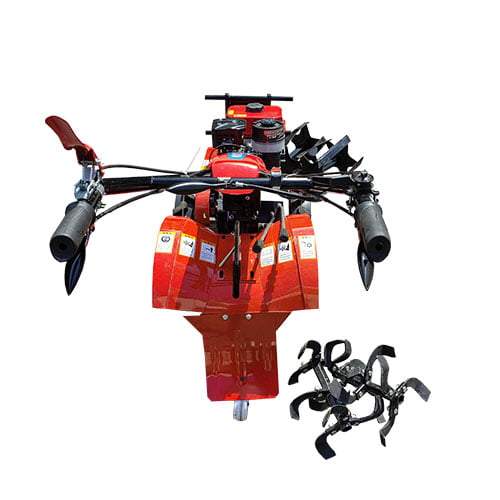
Farmer John’s Transformation
Farmer John, a small-scale organic farmer in the Midwest, shares his success story after switching to a walking type tractor. Before making the switch, John struggled with the high costs and limited functionality of his old tractor. After investing in a walking type tractor, he experienced a significant increase in productivity and efficiency on his farm.
The Impact on Rural Communities
Walking type tractors have not only transformed individual farms but have also had a positive impact on rural communities. By making farming more accessible and efficient, these tractors are helping to revitalize rural economies and support sustainable agriculture.
Conclusion
The shift towards walking type tractors among small farmers is driven by the need for affordable, efficient, and versatile farming equipment. These tractors offer numerous advantages over traditional tractors, making them an ideal choice for small-scale farming operations. By understanding the benefits and features of walking type tractors, farmers can make informed decisions and enhance their farming practices. With proper maintenance and care, walking type tractors can provide years of reliable service, contributing to the growth and sustainability of small farms.
FAQ
What is a walk-behind tractor?
A walk-behind tractor, also known as a two-wheel or walk-behind tractor, is a versatile agricultural machine designed for small-scale farming. It is operated by walking behind the tractor and guiding it with handles.
What are the benefits of using a walk-behind tractor?
Walk-behind tractors offer several benefits, including cost-effectiveness, versatility, maneuverability, and fuel efficiency. They are ideal for small farms with limited budgets and space.
How do I maintain my walk-behind tractor?
Regular maintenance is essential for the longevity and performance of your walk-behind tractor. This includes routine cleaning, inspections, oil changes, and proper storage.
Can walk-behind tractors be used for all farming tasks?
Yes, walk-behind tractors are highly versatile and can be used for a wide range of farming tasks, including plowing, tilling, planting, and harvesting. They come with various attachments to suit different needs.
Are walk-behind tractors environmentally friendly?
Walk-behind tractors are generally more fuel-efficient than traditional tractors, reducing their environmental impact. They are a sustainable option for small-scale farming.

